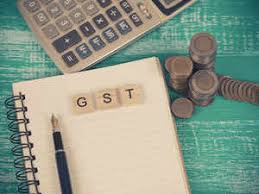Accordingly, it has been decided by the government that businesses having a turnover of Rs.500 crore or more would take up e-invoicing from January 1, 2020 on voluntary and trail basis.
The Government has come out with the timeline for the new e-invoicing system under GST and the limit of application for each category.
Accordingly, it has been decided by the government that businesses having a turnover of Rs.500 crore or more would take up e-invoicing from January 1, 2020 on voluntary and trail basis.
According to a statement, businesses with turnover of Rs.100 crore or more would start e-invoicing on voluntary and trial basis from February 1, 2020. However, from April 1, 2020, which is also the beginning of the net fiscal, e-invoicing will be mandatory for both these businesses categories. For businesses having turnover less than Rs 100 crore, it would remain voluntary and on trial basis from April 1, 2020.
“Having done full preparation for last 6 months to introduce E-invoicing system, the government has decided to start ‘E-invoicing’ in a phased manner for generating business to business (B2B) invoices on voluntary basis,” read the statement.
The e-invoicing system would help to generate invoice in a standard format so that invoice generated on one system can be read by another system and reporting of e-invoice to a central system becomes possible.
“The adoption of these standards would not impact the users of invoice; however, all the accounting software would adopt the new e-invoice standard wherein they would re-align their data access and retrieval in the standard format,” said the statement.
The generation of e-invoice will be the responsibility of the taxpayer who will be required to report the same to Invoice Registration Portal (IRP) of GST. This portal will generate a unique Invoice Reference Number (IRN) and digitally sign the e-invoice and also generate a QR code. The QR Code will contain vital parameters of the e-invoice and return the same to the taxpayer who generated the document in first place. The IRP will also send the signed e-invoice to the recipient of the document on the email provided in the e-invoice.
It is to be noted that e-invoice would not mean generation of invoices from a central portal of tax department or GSTN and the taxpayer would continue to use his accounting system/ERP or excel based tools or any such tool for creating the electronic invoice as s/he is using today.

